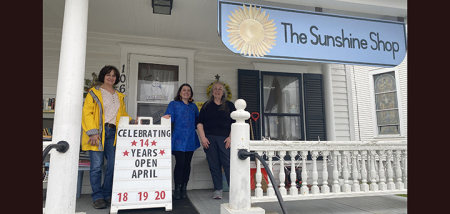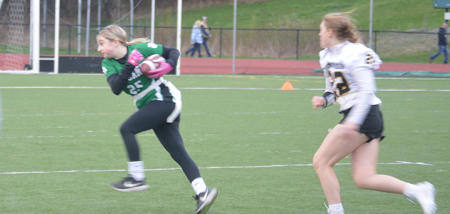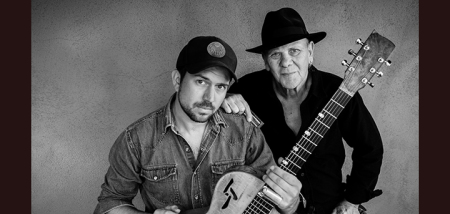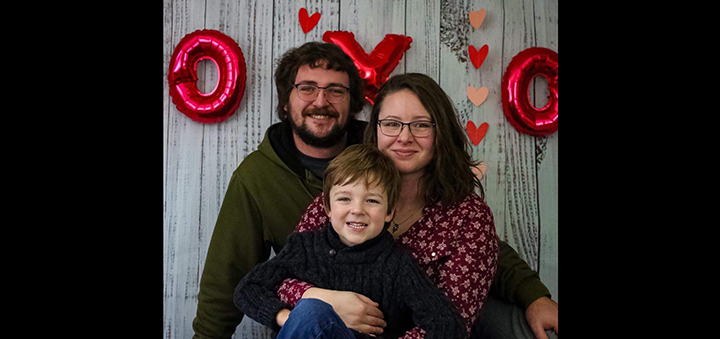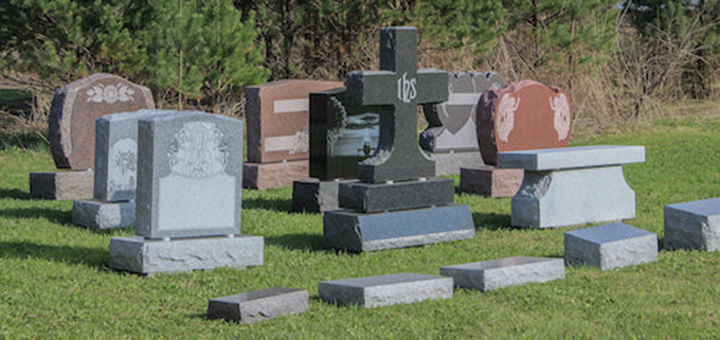Tilting At Windmills: Just Saying…
Published:
November 4th, 2022
By:
Shelly Reuben

I started thinking about kids and drugs and parents and teen suicides and all manner of depressing statistics that characterize the last twenty plus years, specifically in relationship to how social arbiters and the state have moved in to regulate what we do, how we do it, how we think, and even how we communicate with one another.
Such musings brought back memories of my childhood, when fewer edicts were inflicted on us by people unrelated to us, and how, as youngsters, we got into so much less trouble.
We rode bicycles, the wind streaming through our hair. We didn’t wear helmets. In truth, we spent our LIVES on bicycles without helmets, and as a rule, we didn’t get brain injured or get dead. We lived in houses without safety locks on cabinet doors, and we never heard of anyone swallowing antifreeze, Mommy’s prescription drugs, or rat poison. And none of those bottles had child-proof caps. We played cowboys and Indians. We didn’t actually shoot each other. But when we did, it was with cap guns and bows and arrows with funny looking suction cups that stuck very well to mirrors, but never to a fellow human being.
In our infancy, if our mothers were making lunch or paying bills, they plopped us in playpens, and when we were old enough to skip rope or read Freud, we did not develop post-traumatic stress from having been behind bars. In fact, as we arranged alphabet blocks or clanged on xylophones, we learned how to amuse ourselves and we developed our imaginations.
As importantly, our mothers got to make lunch or work at their desks without us constantly tugging on their pants’ legs, and that taught us that they did not perpetually owe us their undivided attention.
Now, however, for some incomprehensible reason, play pens are taboo.
Back, though, to bicycles: if a father did today what my father did when I was a child, he would be arrested. To wit: when riding here and there (the sun shining off his bald head), he would balance me on the crossbar of his bike, and ride me wherever we had to go. I was not strapped into a child seat on the rear fender facing backward. I was sheltered in his arms. A place where we could talk to each other as we rode.
It was nice.
Also nice was riding in the front seat of the car, sitting side-by-side, with or without a seatbelt, depending upon the law of the land at the time. Now, of course, children under two are required to be in rear facing car seats, and under four, in the backseat, about a mile-and-a-half from a parent with whom he or she could and should be chatting, laughing, and getting to know. Until they are eight, children must be strapped into one of these padded isolation chambers. Which makes me wonder.
So many young people nowadays are on drugs. How many, who did not die in car accidents because they were wearing safety restraints, died from their addictions because they were prevented from talking frequently and intimately with Mom and Dad when they were growing up?
Even when I was a child, our lives were so busy that there was rarely time to sit down with one’s genitors and ask, “did you have to memorize Shakespeare in high school?’ Or, “did you ever go to a prom?” Or, “what was your first job?”
But we always had time to talk in the car.
I will never forget one conversation on a long drive with my father. I said, “Daddy. Were you ever in love with anyone before you met Mom?”
He responded, straight-faced, “Sure.”
I asked, “Who?”
He said, “Elmo Lincoln.”
For the uninitiated, Elmo Lincoln was the first cinema Tarzan.
Yes. My father was joking. No, he wasn’t really communicative. And no, I didn’t interpret this as a real heart-to-heart talk. But in a sense it was. Because that’s who he was. Not introspective, but very loving, and very, very funny. That’s who I was, too. Nosey. Curious. A total buttinsky. And wanting to see stories in everything and everyone. Guaranteed … if I had been strapped into the backseat of the car … that conversation never would have occurred.
And another thing. All of the crazies out there who are killing innocent people. Day after day. Week after week. In schools. In theaters. At supermarkets. During parades. Where did they come from?
When I was growing up, other than political assassinations (President Kennedy; Robert Kennedy; Martin Luther King Jr., etc.), I can remember only one mass murderer: Richard Speck in Chicago, who killed eight nurses over a period of three days. And it was traumatizing.
Our contemporary bombardment of massacres began in 1999 at a high school in Columbine, Colorado. Two evil teenagers, completely unsupervised by their parents, gathered firearms and bombs in their bedrooms and basements anticipatory to murdering 12 students and one teacher.
I know there were added factors such as violent video games, adolescent angst, and blah blah blah. But, Big Question: where were their parents when a bloodbath was brewing in their teenagers’ heads? When did mothers stop opening their son’s bedroom door with a dust rag in one hand, a bottle of Windex in the other, and exclaim in horror, “Why do you have two semi-automatic pistols, a double-barrel sawed-off shot gun, and a pressure cooker bomb in your closet?”
When did adults come to respect their offspring’s privacy to the extent that they could stockpile weapons (see above), drugs (oxycodone, fentanyl, heroine), and marijuana, in open sight, and without objection?
Yeah. Yeah. I know that marijuana has been legalized and/or de-criminalized here, there, and everywhere. But just think, you have to be 21 years old in most states to purchase a package of cigarettes, which, admittedly can adversely affect our hearts and lungs. Marijuana has the same age restriction. However, ingesting or inhaling that drug has many more dangerous consequences. According to the Mayo Clinic, “when marijuana is consumed, THC and other compounds enter the bloodstream, reach the brain and attach to … cannabinoid receptors. This causes problems in learning and memory, coordination, reaction time and judgment. It also can cause hallucinations, paranoia and a range of emotional problems. Marijuana use may cause academic difficulties, poor sports performance, impaired driving and troubled relationships.”
Then we come to the crazies out on the street. When I was but a lass, if Little Psycho Johnny threatened his parents with a machete, they would call the police and have him institutionalized for … well … forever, I guess, if he didn’t get cured and calm down.
Now, however, after the police take away his machete, his poor parents are advised, “Sorry, Folks, but he’s your problem. There’s nowhere to put him.” And when, three weeks later, he guns down ten people at a shopping center, everyone is angry, but no one knows who to blame. Which brings us to de-institutionalization of the insane.
When did THAT happen?
Well, it seems that several factors were behind the nationwide closure of mental institutions – from a high of over 550,000 in 1950 to (according to Statistica, a data-gathering company) somewhat less than 13,000 now. This decline began in the 1950s and was precipitated by the introduction of antipsychotics medications. Specifically, Thorazine, considered by its champions to be so magically effective that they drummed mental institutions out of business, claiming that, instead of treating the mentally ill with confinement and psychiatric therapy, it was more cost-effective and humane to cure their psychosis, schizophrenia, manias, etc., with drugs.
Add to the mix the Community Mental Health Centers Act, signed into law in 1963 by President John F. Kennedy. Its purpose was to replace inpatient psychiatric hospitals with community-based outpatient treatment plans, as a consequence of which, the mentally ill were set loose among us, without restraint, without rules, and often without medication. If said outpatients did not want to take their amisulpride, olanzapine, risperidone, or clozapine, there was nobody around in authority to make them do so.
According to the October 2010 issue of Psychiatry, a third factor, stemming from the Civil Rights Movement, changed requirements for involuntary commitment: “A person must be determined to have a mental illness before he or she could be hospitalized against his or her will…” and said person “had to pose an imminent threat to the safety of him- or herself…” and “…the threat must be likely to occur in the close future.”
Which somehow translated into more and more crazy people committing more and more mass murders.
Forty years ago, those same people would have been in psychiatric hospitals. Since said hospitals no longer exist, it is time to bring them back. Time to fund them. Time to build them. Time to staff them. Time to open them. Time to improve them. Time, again, to involuntarily institutionalize the insane.
All of which comes down to this: Toddlers should play in playpens; children should sit in the front seats of cars so that they can talk to their parents; girls and boys should be allowed to ride on the crossbars of their fathers’ bicycles; if a teenager insists on smoking, it should be cigarettes instead of marijuana; parents should always violate their children’s privacy to make sure that they aren’t concealing drugs or weapons, and that their sons aren’t hiding teenaged girls under their beds; and … we should put crazy people under lock and key, so that they can’t kill the rest of us.
Just saying.
Copyright © Shelly Reuben, 2022. Shelly Reuben’s books have been nominated for Edgar, Prometheus, and Falcon awards. For more about her writing, visit www.shellyreuben.com
Author: Shelly Reuben - More From This Author
Comments
